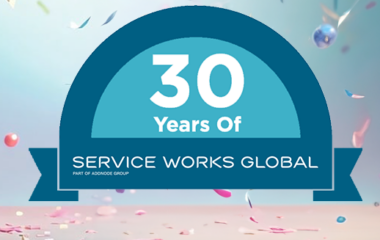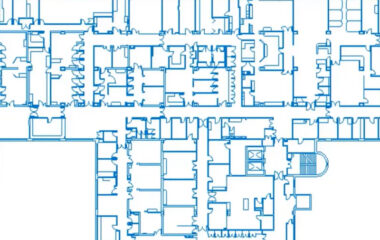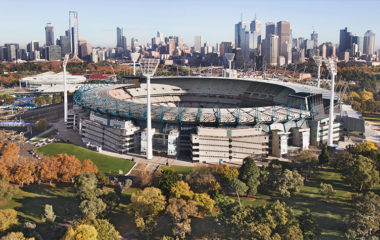This article by Service Works Global’s CEO, Gary Watkins, is also featured in the February 2022 edition of Maintenance and Engineering.
Net zero will come to define business strategies over the coming years, thanks in part to the COP26 summit in Glasgow last November 2021.
The workforce is becoming increasingly conscious of the values and ethics of their employers. According to the G&A Institute in the US, millennials are willing to sacrifice part of their salary to work for a company that is sustainable and can provide social benefits. Some 40 per cent of millennials, according to its research, have chosen a job because of the sustainable credentials of the employer.
There is also a strong financial argument. Calculations from the Carbon Trust show that a 20 per cent reduction in energy costs can equate to a 5 per cent increase in sales for many firms.
FM companies are taking on more responsibility to provide effective energy management solutions on top of the expected high levels of service.
While the onus on FMs may appear daunting, the good news is that technology is providing the means to master energy management with relative ease.
Consider computer aided facilities management (CAFM). Many will already be familiar with the solution as CAFM unlocks a number of time and cost benefits relating to asset and maintenance management, easing workloads and making data-driven decisions.
Many of these advantages can be leveraged to make energy savings – chiefly by highlighting several small changes that combine to create a substantial impact.
Data is central to all of this and can be augmented to great effect through integration with sensors. CAFM software can monitor energy use across a building, providing a detailed picture of several areas where inefficiency can be tackled.
Meanwhile, sensors allow CAFM systems to log the occupation of rooms and other parts of the building. This data can be used to inform strategies around lighting, air conditioning and cleaning, and can even sync with room booking software or building management systems (BMS) so that areas can be lit, heated and cleaned when needed.
Indeed, CAFM software can be used more broadly to optimise asset maintenance and cleaning schedules by reducing unnecessary servicing and unscheduled callouts – by operating only when necessary, FMs can help keep emissions and consumption of resources low for a more sustainable environment. And of course, well maintained assets draw less energy.
CAFM reporting, often via a real-time dashboard, consolidates essential data – such as asset performance, where capital is being spent and how a facility is operating against agreed targets – to give FMs a centralised, holistic view of energy consumption
Managing energy resources to this intricate level of detail can lead to significant savings over the course of a year, and CAFM provides the data-driven grounding from which sustainable FM strategies can be made and deployed.
However, for those new to CAFM, the prospect of overhauling systems can appear overwhelming. It is therefore critical to audit your existing processes and map out what can be changed to increase efficiency.
Where can human intervention be reduced? How is data currently reported and information shared between in-house FM personnel, outsourced FM service providers, clients and building occupants, and other stakeholders? Could processes be accelerated to provide a better service? These are the sorts of questions that need answering thoroughly before seeking out a CAFM solution.
When it comes to implementation, set out a series of timeline milestones with your vendor to help track progress.
Organisations will also need to be willing to embrace change. That means communicating and onboarding all employees and stakeholders from the start, taking into account what they want to gain out of the new CAFM system.
Finally, CAFM can only be as effective as the data that fuels it. Work closely with vendors to identify the type of data required and how best to organise it – ideally, this would involve collating all required data which can then be reviewed and cleansed before migration into the new CAFM solution.
 UK
UK






